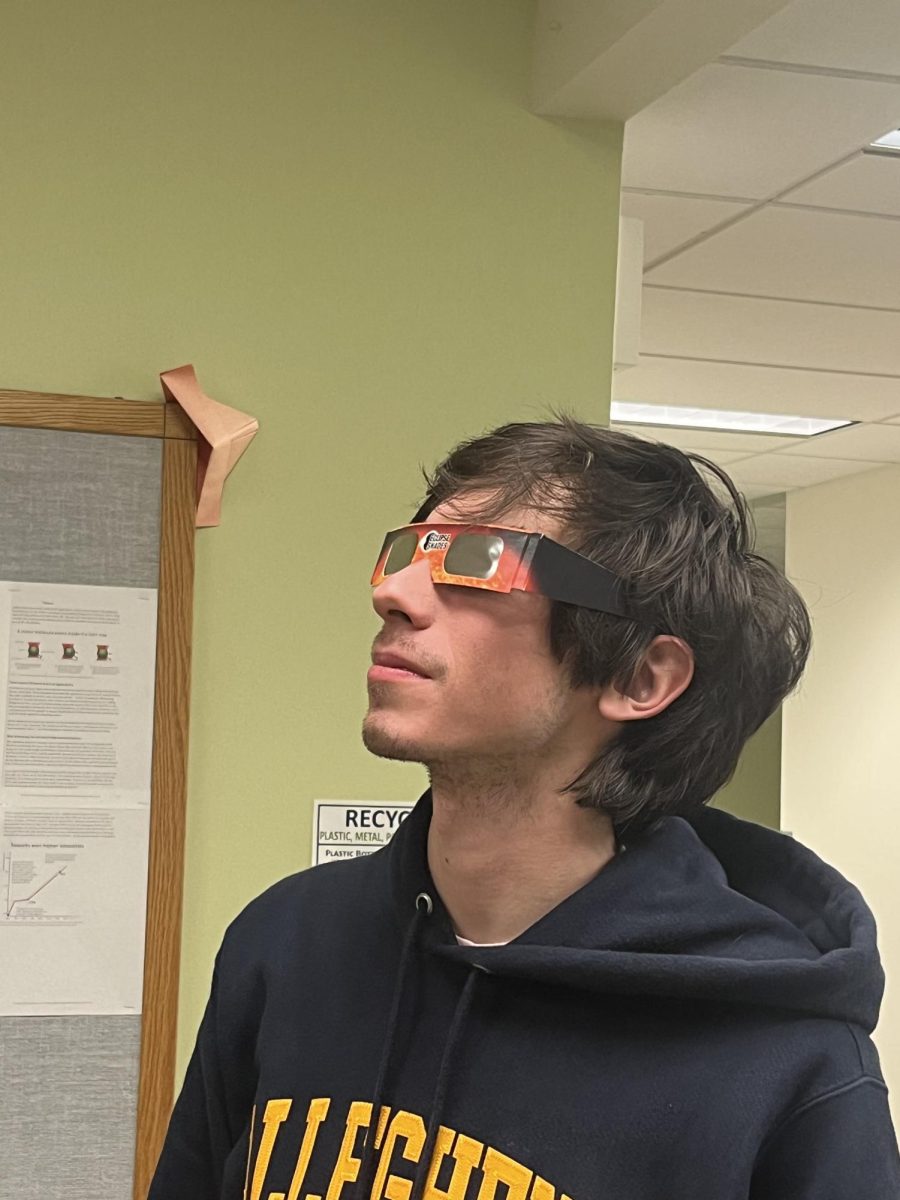By Liam Crossey,
Staff Writer
The news sounds like it is from a science fiction movie. The United Nations decided to adopt an asteroid defense plan to protect Earth from rogue asteroids colliding and crashing into the Earth. This is mostly in response to the asteroid that exploded over Chelyabinsk, Russia in February. However, many astronomers, scientists and politicians think that our planet is long overdue for a planet defense plan against asteroids.
There are about 1 million asteroids that could potentially cause a threat to the Earth, despite a small fraction of these asteroids being detected by telescopes.
“There are about 100 times more asteroids lurking in space than have ever been located,” said Edward Lu, a former NASA astronaut as well as co-founder, along with Peit Hut, a Dutch astrophysicist and Rusty Schweickart, a former American astronaut, of B612 Foundation. B612 is a non-profit organization that is committed to bringing together countries to establish an asteroid defense strategy.
One defense strategy that the United Nations plans to enact is to establish an “International Asteroid Warning Group.” This group will be comprised of astronomers who will share information with member nations of potential asteroids that could hit Earth. If the U.N. decides that such an asteroid is a threat to Earth, then the Committee on the Peaceful Uses of Outer Space will coordinate a mission to launch a spacecraft at the asteroid with plans to strike it and send the space rock off course.
First, though, the hundreds of asteroids that are floating around in our solar system need to be found before we can enact a plan to stop them. Early warning is not only important but also vital. If an asteroid is found about five to 10 years before it is to make impact with Earth, a spacecraft can be properly launched so it will be able to slightly knock the asteroid off its orbital path towards Earth.
There are several efforts currently being made for these potential asteroids to be found. The B612 Foundation, for example, is privately funding a space telescope that it hopes will be ready for its anticipated launch date of 2017. Named Sentinel, this telescope developed by the non-profit organization will be used to identify the hazardous asteroids that are closer to Earth than may be anticipated.
The B612 Foundation is one nonprofit organization that has recently come forward with a defense plan. However, it will be expensive.
The Association of Space Explorers has also been approved to put their own defense strategy into practice. Bill Nye, formerly of “Bill Nye the Science Guy” and now the executive director of the Planetary Society, said that a space mission to deflect an asteroid may cost between $500 million to $1 billion dollars. However, there is reason to be afraid of these asteroids. The B612 Foundation recorded that most of these asteroids are larger than an asteroid that struck near Podkamennaya Tunguska in Siberia. The Tunguska event involved an asteroid that was about half the size of an Olympic swimming pool. It destroyed an area roughly the size of the San Francisco bay area. There are more than a million of these asteroids near Earth and they are all about 1000 times more powerful than the atomic bomb that was dropped on Hiroshima.
Nye also said in an interview with space.com that there is a chance the deflection could go wrong.
“If we blow up the larger asteroid, there will be hundreds of smaller rocks coming towards Earth,” Nye said.
Lu believes that when Russia was hit in September, it was just “bad luck.”
“If we get hit 20 years from now, that is not bad luck. That is just stupidity,” Lu said in an interview with the Los Angeles Times.
Many reports from NASA have said there is a small chance an asteroid could make contact with Earth in 2032. There is a better chance for the asteroid to hit Earth than there is for one person to win the Powerball, according to Newser.
The asteroid most likely to hit Earth is named TV135 and has already passed Earth once, coming within 4.2 million miles on September 16, 2013, according to Ukrainian astronauts.
NASA’s Dan Yeloman noted to the New York Times that if the asteroid does make contact with Earth, “the impact will cause an explosion 50 times greater than the most powerful nuclear bomb ever used.”





